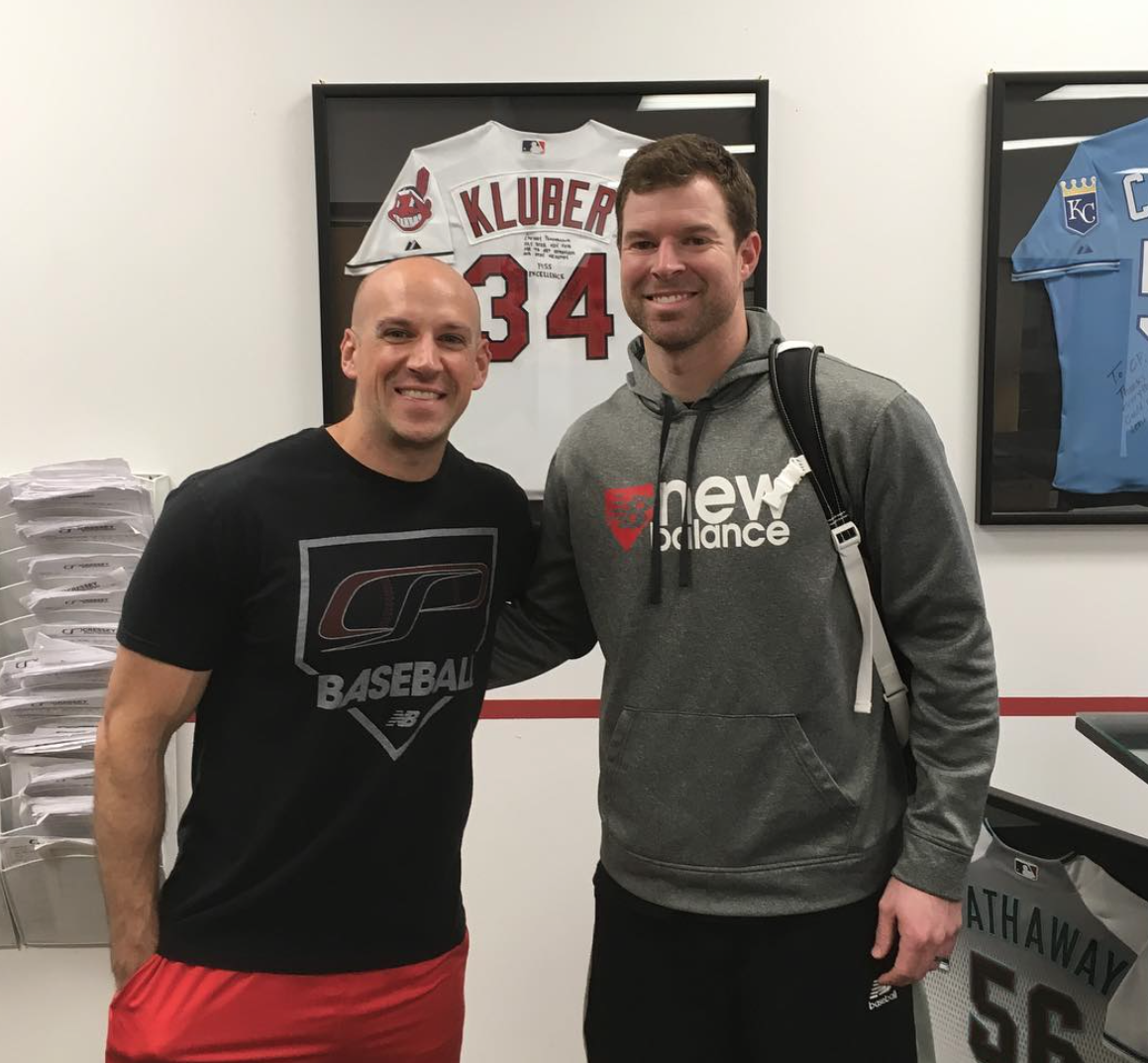
6 Key Factors for Developing Pitchers
When you ask most people what makes an elite pitcher, you’ll usually get responses like “velocity,” “stuff,” and “durability.” And, certainly, none of these answers are incorrect. However, they all focus on outcomes.
When you dig a bit deeper, though, you’ll realize that these successful outcomes were likely heavily driven by a collection of processes. If you rely solely on what the radar gun says or how many runs one gives up as success measures, you don’t really learn much about development. Conversely, if you dig deeper with respect to the characteristics of an aspiring pitcher’s approach to development, you can quickly recognize where some of the limiting factors may be. Here are six characteristics of any successful pitching development approach:
1. Openmindedness
Very simply, the athlete has to be willing to try new approaches to further his development. What gets you from 80mph to 88mph will rarely be what takes you to 95mph. Openmindedness precedes buy-in, and you’ll never make progress if you aren’t fully bought in. Brandon Kintzler had a significant velocity drop from 2014 to 2015 – and that loss in velocity contributed to him spending most of 2015 in AAA instead of the big leagues. Fortunately, those struggles led him to being openminded – even at age 31 – to trying out Cressey Sports Performance programming, and he regained his previous velocity and then some. And, before 2016 was over, he was a big league closer.
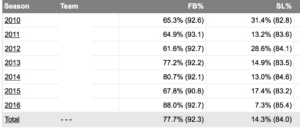
2. Prioritization
Good assessments identify the largest windows for improvement/adaptation, and excellent programs are structured to attack these growth areas. All too often, athletes simply want to do what they enjoy doing as opposed to what they really need to be doing. Of course, this relates back to the aforementioned “buy-in” described. Another MLB closer, Rangers pitcher Sam Dyson, saw an even bigger velocity jump after his first off-season (2013-14) with CSP.

A big chunk of that had to do with a greater focus on soft tissue work and mobility training to get that fresh, quick arm feeling back. Sam loves to lift and would tend to overdo it in that regard, so he actually improved by doing less volume. Effectively, he had to prioritize removing excessive fatigue – and implementing strategies to bounce back faster.
[bctt tweet=”You can’t take a fitness solution to a fatigue problem and expect positive results.”]
3. Attention to Detail
Inattentive throwing, mindless stretching, and half hazard lifting techniques all come to mind here. It drives me bonkers to see athletes “give up” reps, and my experience has been that this is the most readily apparent thing you notice when you see high school athletes training alongside professional athletes. When it comes to throwing, athletes need to learn to throw with both intent and direction. Corey Kluber is among the best I’ve ever seen in this regard; whether it’s in lifting or throwing, he never gives up a rep with wasted, distracted effort – and it’s no surprise that he’s become such a consistent high-level performer in the big leagues over the past four seasons.
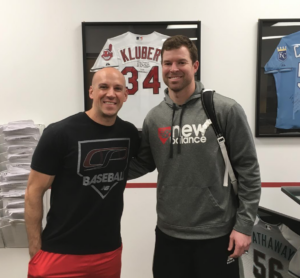
4. Diligence
A great program can be rendered relatively useless if it’s executed with mediocre efforts. The truth is that while many athletes Tweet about hard they work, the truth is that very few of them actually putting in the time, effort, and consistency needed to even come close to their potential. Another Cy Young award winner and CSP athlete, Max Scherzer, takes the cake on this one. Max is always looking for ways to make individual exercises and training sessions harder by adding competition. He’ll have other athletes jump in to chase him during sprint and agility drills, and he’ll regularly reflect back on previous week numbers to verify that progress is always headed in the right direction.
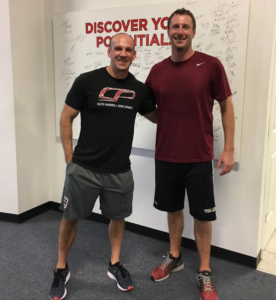
5. Continuity
I think this is one of the biggest struggles with developing arms in the college environment. The nature of the academic and athletic calendars – in combination with NCAA regulations – makes it very challenging to have continuity in pitchers’ throwing programs. As a result, there is a lot of ramping up and shutting down throughout the year. Athletes don’t get the consistency needed to optimally develop, and they don’t get the rest needed to optimally recharge. When you chase two rabbits, both get away.
6. Environment
The right training environment makes a good athlete great, and an average athlete good. It’s why we’ve gone to such great lengths to foster a “family” environment at both Cressey Sports Performance facilities. We want athletes to feel like they are a part of something bigger than themselves, thereby increasing accountability to something more than just a workout sheet.
Interestingly, as you look at these six factors, points 1-4 are intrinsic (specific to the athlete), whereas points 5-6 are extrinsic (specific to the environment/circumstances). Points 5-6 have a massive impact on points 1-4, though.
In Switch: How to Change Things When Change is Hard, authors Chip and Dan Heath note that while you will almost never effect quick change a person, you can always work to change the situation that governs how a person acts – and do so relatively transiently.
With that in mind, changing the situation by heavily emphasizing continuity and environment are outstanding avenues to enhancing the previous four factors. First, you’re more openminded if you see training partners getting great results with training approaches you haven’t tried before. Second, you also learn to prioritize when you look around and athletes are outperforming you in certain areas. Third, you pay more attention to detail when you’re surrounded by other athletes working toward the same goal. Fourth, your diligence is enhanced when there is a competitive environment that challenges you to be better each day. And, all these improvements are magnified further when continuity is in place; they happen consistently enough for positive habits to develop.
An appreciation for how these six factors are related is why we structure our Collegiate Elite Baseball Development summer program the way we did. The program is 10 weeks in length to ensure optimal continuity. It’s for pitchers who are not playing summer baseball.
Each athlete begins with a thorough initial movement assessment that sets the stage for individualized strength and conditioning programming – which corresponds to six days a week of training.
There are individualized throwing progressions designed following initial assessment, and ongoing throwing training – weighted ball work, long toss, and bullpens (including video analysis) as part of the group.
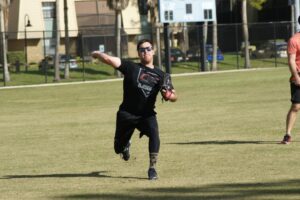
All the athletes receive weekly manual therapy with our licensed massage therapist, and nutritional guidance throughout the program.
Last, but not least, we incorporate a weekly educational component (a presentation from our staff or FaceTime/Skype session with one of our pro athletes) to educate the athletes on the “why” behind their training.
The best part is that it takes place in a motivating environment where athletes can push each other to be the best they can be. By optimizing the situation, you can help change the person.
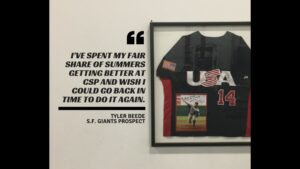
Interested in learning more? Email cspmass@gmail.com.



